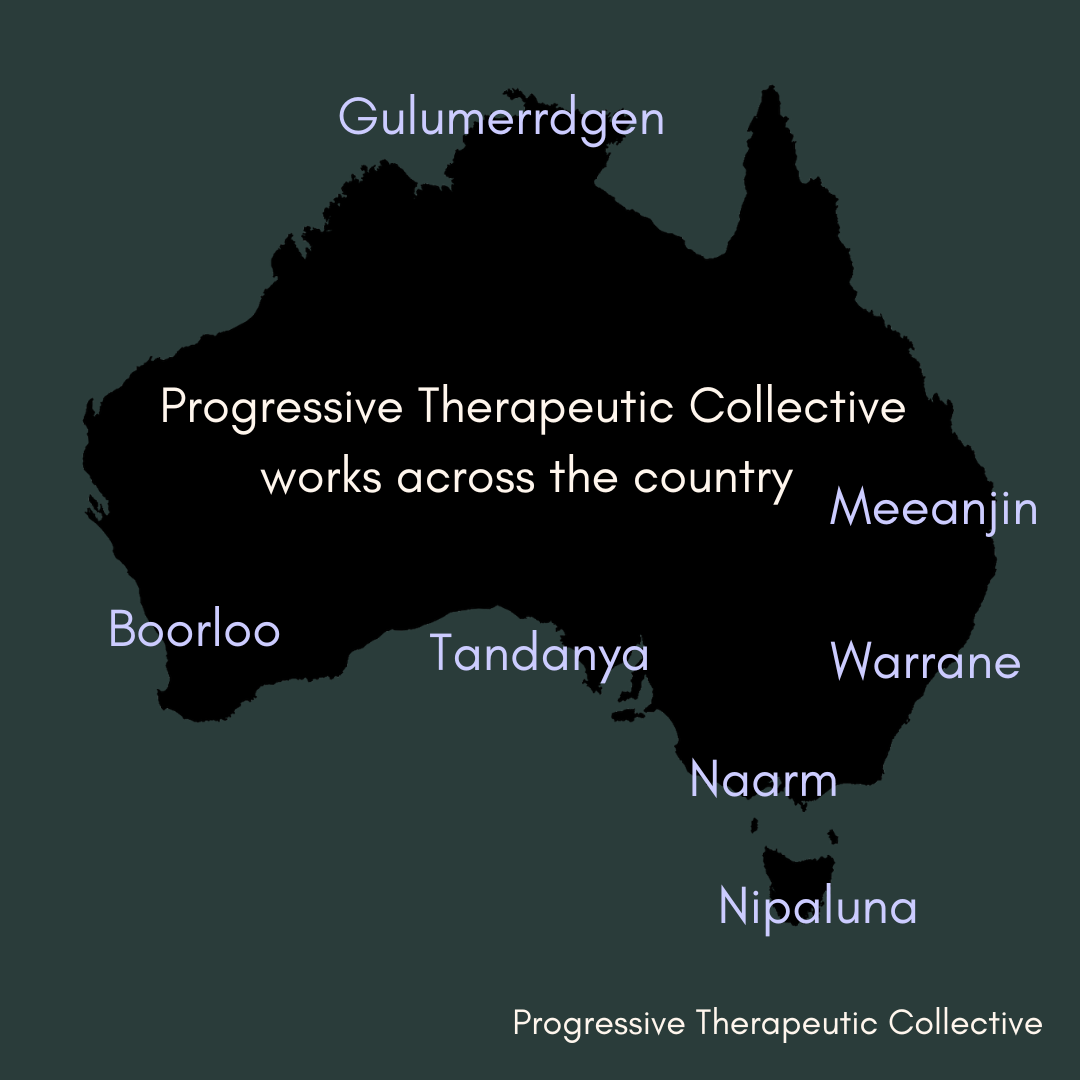Listening Differently: What Neurodivergent Adolescents Teach Us About Emotion and Resilience
When researchers talk about “emotion regulation” in autism and ADHD, they often do so from the outside looking in. Emotional outbursts, irritability, or shutdowns are described as symptoms to be managed, not as signals to be understood. But a new study led by Dr. Georgia Pavlopoulou and colleagues from University College London and King’s College London asks what happens when we stop speaking for neurodivergent young people and start listening to them instead.
Published in Scientific Reports (2025), the study “Situating Emotion Regulation in Autism and ADHD through Neurodivergent Adolescents’ Perspectives” interviewed 57 adolescents aged 11 to 15 with diagnoses of autism, ADHD, or both. The goal was simple yet radical: to understand how neurodivergent young people themselves experience and manage distress, without forcing their insights into neurotypical definitions of “appropriate” emotional behavior.
The findings reveal a picture of emotional life that is active, intelligent, and relational, shaped far more by environments and relationships than by internal deficits.
Reframing “Emotion Dysregulation”
Traditional psychology often treats autistic or ADHD-related emotion as something faulty or excessive, measured against norms of calm self-control. Yet, as the authors note, these frameworks “risk pathologizing emotional difference.” Many school and therapy programs still assume the goal is to help young people appear more “regulated” by masking their real emotions or conforming to classroom expectations.
This research turns that logic inside out. Instead of asking how to fix emotion, it asks what environments, relationships, and self-chosen strategies help neurodivergent youth feel safe enough to regulate. Emotional balance, the study suggests, is not a product of discipline or compliance. It is the outcome of being understood.
What Helps Prevent Distress
Participants described dozens of small but powerful factors that made life more manageable: kindness, predictability, sensory comfort, and genuine acceptance. One boy put it simply: “Someone being kind helps me stay calm.” Another spoke about the relief of being understood rather than judged: “They could know I have ADHD, and instead of telling me off, they give me more chances to fix things.”
Belonging mattered deeply. Autistic participants found peace among peers with “shared interests or similar profiles.” ADHD participants described loyalty and mutual support as emotional anchors. Across all groups, stability, trust, and acceptance were the strongest predictors of resilience.
Self-care also emerged as a proactive practice, not a reaction to meltdown. Neurodivergent teens described creating calm through gentle routines: listening to music, writing, reading, or being in nature. One adolescent recalled visiting a lavender bush each season to “chill and bring flowers home.” These quiet, sensory rituals were protective acts of emotional maintenance, not avoidance.
Managing Distress: Being Seen and Having Choice
When upset, participants didn’t ask for lectures or correction. They asked to be noticed. Validation, someone asking if they were okay and acknowledging what they felt, was described as a relief in itself. “They ask me what’s wrong and acknowledge my existence,” one teen said.
For ADHD participants, autonomy was key. Having options, taking action, and being treated “like a person” restored agency during emotional storms. For autistic participants, self-directed soothing often meant time alone, sensory grounding, or walking away before escalation. Both groups valued the right to choose how to regulate and when to seek help.
Strengths as Emotional Tools
Perhaps the most moving insight came from how these young people described their strengths. ADHD participants used humor, creativity, and distractibility as resilience tools. Autistic youth talked about protecting confidence and separating their identity from negative cultural narratives. Across groups, success and pride, whether from schoolwork, art, or small daily wins, were buffers against distress.
Emotion regulation, in this sense, wasn’t about suppressing feeling but about mobilizing personal meaning. These young people were not passive recipients of therapy. They were active architects of emotional safety.
What This Means for Adults
The study’s implications are both simple and transformative. Emotional wellbeing for neurodivergent youth depends less on teaching compliance and more on designing environments that meet fundamental human needs for autonomy, competence, and connection.
Teachers and therapists can support this by:
• Building predictable, low-stress routines
• Allowing students to choose self-regulation strategies
• Encouraging co-regulation through trust, not control
• Recognizing emotional expression as communication, not misbehavior
• Valuing solitude and sensory space as legitimate coping tools
• Prioritising kindness and authenticity over behavioral conformity.
As the authors put it, young people should be treated as “experts in their own experiences.” Their insights reveal that resilience is not built through obedience, but through belonging.
A Call for Neurodiversity-Affirming Practice
This research reinforces what many neurodivergent individuals and families already know: emotional wellbeing isn’t achieved by fixing the person, it’s achieved by fixing the context. The call is for systems, schools, clinics, and families, to move away from behaviorist frameworks and toward relational, strengths-based, identity-affirming care.
It’s time to recognise what these adolescents are teaching us: emotion regulation is not a deficit to be repaired, but a form of wisdom waiting to be respected.
Reference
Pavlopoulou, G., Chandler, S., Lukito, S., Kakoulidou, M., Matejko, M., Jackson, I., Balwani, B., Boyens, T., Poulton, D., Harvey-Nguyen, L., Glen, Z., Wilson, A., Ly, E., Macauley, E., Hurry, J., Baker, S., & Sonuga-Barke, E. J. S. (2025). Situating Emotion Regulation in Autism and ADHD through Neurodivergent Adolescents’ Perspectives. Scientific Reports, 15(37464). https://doi.org/10.1038/s41598-025-21208-x

